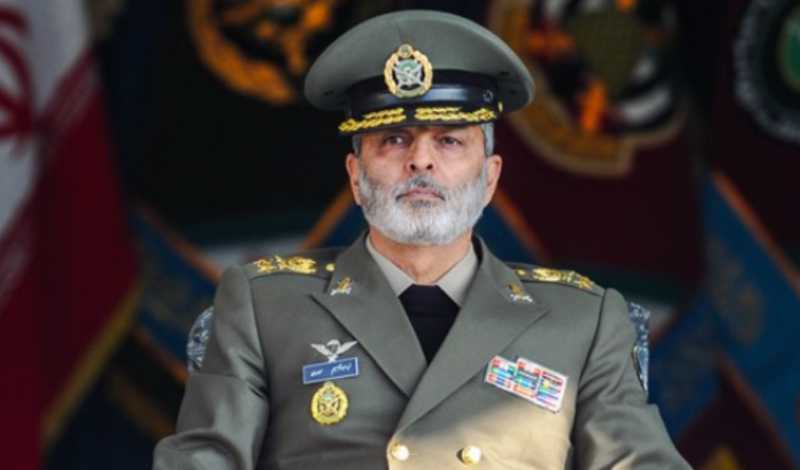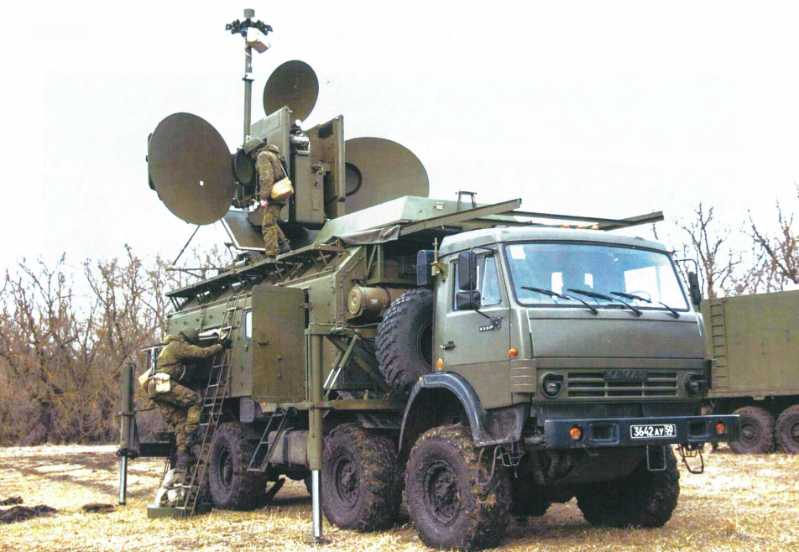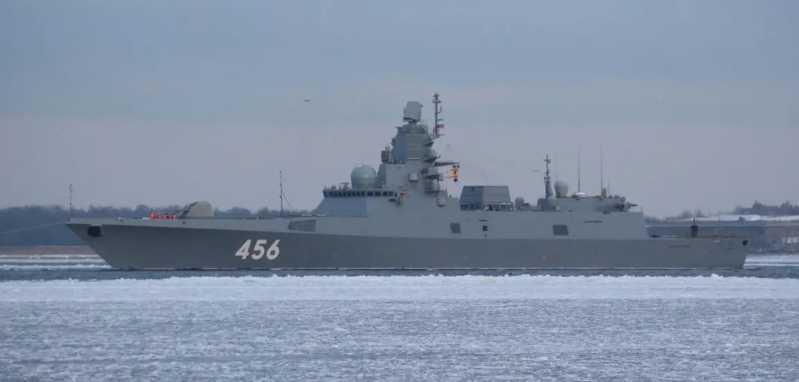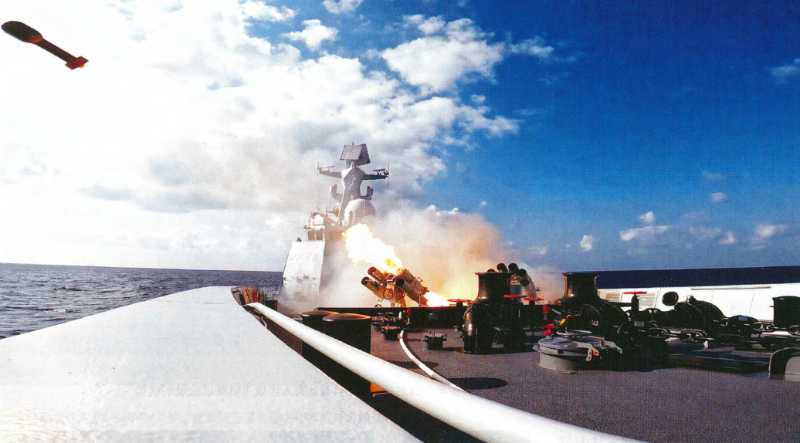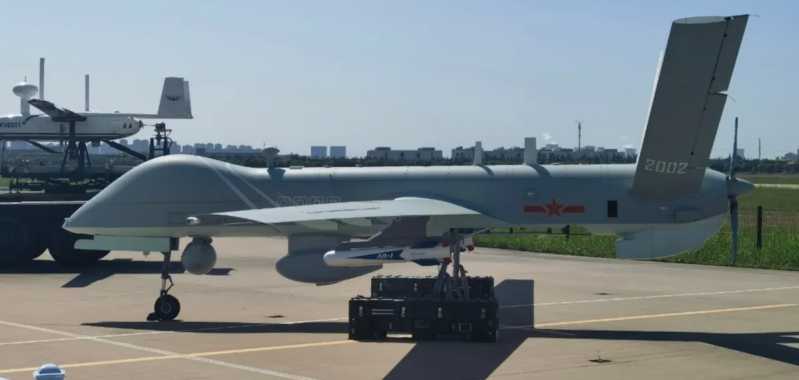On August 21, 2017, Sayyed Abdulrahim Mousavi was promoted to Commander-in-Chief of the Islamic Republic of Iran Army and promoted to Major General of the Army. Unlike other countries, Iran has two parallel military forces, the Republic Army and the Islamic Revolutionary Guard Corps, and the latter has received widespread international attention and attention for its repeated participation in anti-US and anti-Israel actions in recent years. But in fact, the Republic of Iran Army is larger and stronger, and can be regarded as the cornerstone of Iran’s national defense.
On February 22, 2024, Major General Sayyed Mousavi publicly stated that he believed that the Palestinian Hamas and Jihad armed forces could expel the Israel Defense Forces from the Gaza Strip. This tough statement made the world pay more attention to this powerful senior general of the Iraqi Army.
Born in a Shiite family and participated in actual combat many times
In 1960, Mousavi was born into an Islamic Shiite family in the Shiite Muslim holy city of Qom in northwestern Iran. It is reported that Qom is located 150 kilometers south of Tehran, Iran, and is one of the most conservative Shiite places. His family background has a very important influence on Mousavi’s future as a conservative Shiite soldier. But in addition to being the base camp of Iran’s conservative Shiites, the city is also one of the most open cities in Iran to refugees. There are a large number of Shiite refugees from Iraq, Afghanistan and other countries living there, which makes the refugees feel like "home". They don’t want to return to their own countries. They regard Qom as their second home and are willing to stay in Qom to build their "new home". Qom represents both the conservative Shiite country of Iran and Iran as the "Shiite leader" of the world.

In 1979, Mousavi joined the Army of the Islamic Republic of Iran and became an Army officer. Like most of the active senior generals of the Iranian army, he has participated in a series of battles in the brutal Iran-Iraq War and has considerable practical experience and skilled troop management capabilities. It is reported that the Iran-Iraq War broke out on September 22, 1980, and ended on August 20, 1988, with the United States and the Soviet Union (which supported the Iraqi army) instigating the war. It caused the deaths of about 305,000 soldiers from both Iran and Iraq (including about 200,000 Iranian soldiers), more than 100,000 civilians, and a total of 1 million soldiers and civilians were injured. The two countries suffered heavy losses. After the war, the national strength of the two countries was greatly weakened, and the combat effectiveness of the army dropped sharply. At the same time, the United States strengthened its infiltration and control over the Middle East.
Because Mousavi had rich practical experience, and he usually focused on learning and had a good military theoretical literacy, he was selected in 2001 to replace Salehi (the commander-in-chief of the Islamic Republic of Iran’s army from 2005 to 2017, a major general of the army) as the president of Iran’s Imam Ali Military Academy. It is reported that the Imam Ali Military Academy is located in Qom and is an officer academy of the Iranian Army. It has trained a large number of outstanding officers for the Iranian Army and has done research on multiple disciplines such as multi-domain operations and special operations. It enjoys a high reputation in the Middle East. The trainees who come to the school for training every year include Syrian government forces, Lebanese Hezbollah armed forces, Iraqi Shiite armed forces, Yemeni Houthi armed forces and other personnel, which greatly enhances the influence of Iranian military academies in the Middle East. The military academy career further improved Mousavi’s military theory level, making him a high-level commander with both practical experience and theoretical level.
The career of a general officer started from the agency and has rich experience in serving as a staff leader
After studying and training in military academies, Mousavi successively held important positions in the Joint Staff of the Islamic Republic of Iran Army and the General Staff of the Iranian Armed Forces. He is quite familiar with the affairs of large agencies and has strong staff capabilities. He guides his staff to perform their staff duties and makes suggestions for the leaders of their respective departments.
In 2005, Mousavi replaced Brigadier General Abdul Ali Pourshasbe (who served as Commander of the Army of the Islamic Republic of Iran from 1997 to 2001 and Chief of Staff of the Joint Staff of the Islamic Republic of Iran Army from 2001 to 2005) as Chief of Staff of the Joint Staff of the Islamic Republic of Iran Army and was promoted to Brigadier General. It is reported that the Islamic Republic of Iran Army has a Joint Staff, which is the highest staff agency of the Iranian Republic Army. It has personnel, operations, intelligence, strategic policy, logistics and other bureaus to coordinate the joint operations of the Army, Air Defense Force, Air Force and Navy of the Islamic Republic of Iran Army. As Chief of Staff, Mousavi is the highest commander of the Joint Staff, the chief staff officer and combat command assistant of Major General Salehi, the then Commander-in-Chief of the Islamic Republic of Iran Army, and leads his staff to provide effective staff advice to the Commander-in-Chief on troop construction, training and combat planning.
In 2008, Mousavi replaced Brigadier General Mohammad Reza Garei as Deputy Commander-in-Chief of the Islamic Republic of Iran’s Army. His rank was still Brigadier General, and he became the nominal No. 2 figure in the Republic’s Army (because he had no real power to command troops). He assisted the then Commander-in-Chief of the Islamic Republic of Iran, Major General Salehi, in commanding his troops. It is reported that the Islamic Republic of Iran’s Army has one commander-in-chief and one deputy commander-in-chief. The latter is responsible to the former, assists the former in commanding his troops, and together with the Chief of Staff of the Joint Staff, advises the commander-in-chief on the construction, training and combat action plan of his troops; when the commander-in-chief dies of illness or in battle, the deputy commander-in-chief will perform the duties of the commander-in-chief until a new commander-in-chief is appointed.
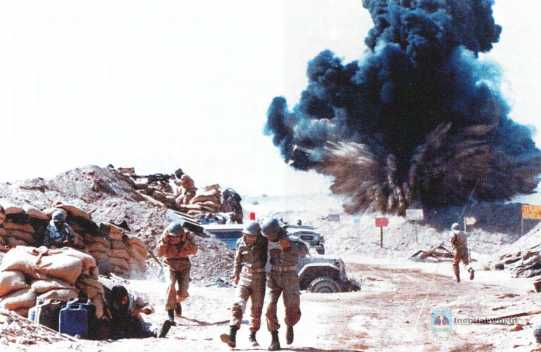
In 2016, Mousavi replaced Rashid (current commander of the Central Headquarters of the Seal Prophet Company, Major General of the Army, the Seal Prophet, namely Khatam al-Anbiya, is a military-industrial technology complex with Iranian military background, controlled by the Iranian military) as Deputy Chief of Staff of the Iranian Armed Forces, becoming the nominal No. 2 figure in the Iranian Armed Forces, assisting the current Chief of Staff, Major General Mohammed Bagheri, in commanding the Iranian Armed Forces. It is reported that the General Staff of the Iranian Armed Forces has one Chief of General Staff and one Deputy Chief of General Staff. The latter is responsible to the former and assists the former in commanding the Iranian Armed Forces. The Iranian Armed Forces include the General Staff, the Islamic Republic of Iran Army, the Islamic Revolutionary Guard Corps of Iran (including the Joint Staff, the Army, the Aerospace Force, the Navy, the Quds Force, the Basij Resistance Force), and the law enforcement forces, with a total strength of 578,000. The three armed forces resist possible aggression from the Western armed forces led by the United States and Britain and the Israeli army, and safeguard Iran’s national sovereignty and territorial integrity.
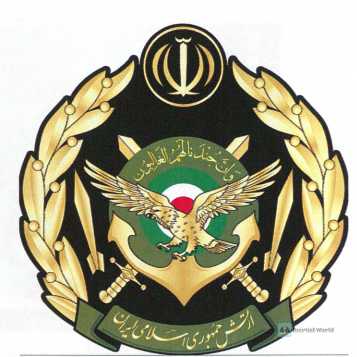
Served as the Commander of the Islamic Republic of Iran Army and promoted the modernization of the army
On August 21, 2017, Mousavi succeeded Salehi as the 4th Commander-in-Chief of the Islamic Republic of Iran Army and was promoted to Major General of the Army. It is reported that the Commander-in-Chief of the Islamic Republic of Iran’s Army was formerly known as the Chief of Staff of the Islamic Republic of Iran’s Army. It was established in 1979 and changed to its current name in 1998. It is responsible for the coordinated combat command of the navy, army and air force. The first Commander-in-Chief of the Islamic Republic of Iran’s Army was Major General Ali Sabazi (1998-2000); the second Commander-in-Chief was Major General Mohammad Salimi (2000-2005), and the third Commander-in-Chief was Major General Ataullah Salehi (2005-2017). Mousavi is the fourth Commander-in-Chief of the Islamic Republic of Iran’s Army. He has pushed his troops to purchase advanced equipment and improve the modernization level of the troops.
With Mousavi taking over as the Commander-in-Chief of the Islamic Republic of Iran’s Army, the Islamic Republic of Iran’s Army has carried out a new round of high-level adjustments. Bagheri continues to serve as the Chief of Staff of the Iranian Armed Forces and holds the highest command of the Iranian Armed Forces. Salehi, the former commander-in-chief of the Islamic Republic of Iran’s army, was transferred to the nominal position of deputy chief of staff of the Iranian armed forces. He retired in 2019 and was replaced by Brigadier General Aziz Nasirzadeh as deputy chief of staff of the Iranian armed forces. Brigadier General Hussein Dadras served as deputy commander-in-chief of the Islamic Republic of Iran’s army. Brigadier General Habibollah Sayyali served as chief of staff of the Joint Staff of the Islamic Republic of Iran’s army. Brigadier General Gioumas Haidari served as commander of the Islamic Republic of Iran’s army. Air Force Brigadier General Hamid Vahdi served as commander of the Islamic Republic of Iran’s army. Brigadier General Alireza Sabahifard served as commander of the Islamic Republic of Iran’s army. Brigadier General Shahram served as commander of the Islamic Republic of Iran’s navy.

As the commander-in-chief of the Islamic Republic of Iran’s army, Mousavi is responsible for commanding the army, navy, air force, and air defense force of the Islamic Republic of Iran, with a total strength of 377,000. He is responsible for coordinating and supervising the construction and training of various services, supporting the purchase of overseas and domestic equipment, and improving the combat readiness of the army. On August 31, 2023, he observed Iran’s electronic warfare training. On December 18, he called on the Iranian army to purchase modern equipment to enhance its defense capabilities. The Iranian army is a loyal user of Russian-made equipment, such as the Iranian Air Force’s 20 MiG-29s and 24 Su-24s in service, and the Iranian Navy’s 3 Kilo-class submarines in service. It also hopes to purchase advanced combat equipment from Russia. In recent years, Russia has promoted Su-30, Su-34, and Su-35 fighters to Iran. According to the Israeli Jerusalem Post, as early as 2008, the Iranian Air Force reached an agreement with Russia to purchase 250 Su-30s (planned to equip 12 squadrons) and 20 Il-78 tankers, but this was denied by both Russia and Iran; in recent years, Israel believes that Iran has shown great interest in Su-34, Su-35 and Su-57. It is reported that Mousavi supports the Iranian Air Force to purchase 24 Su-35s from Russia.
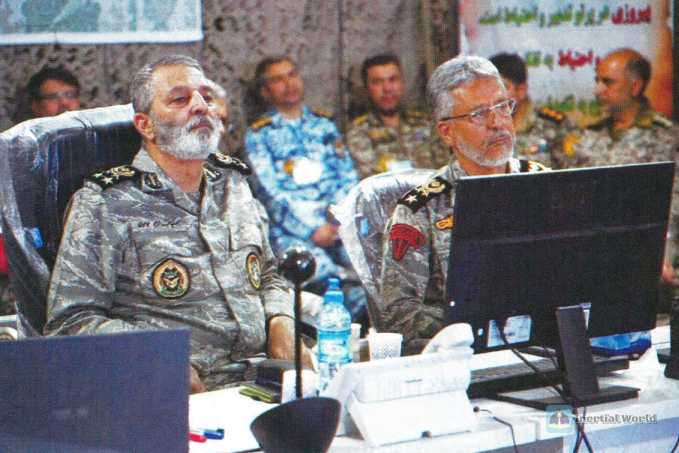
Mousavi also hopes to purchase Iranian domestic equipment. In an interview with the media in 2019, he said, "Our country will be able to build the largest destroyer, the most advanced submarine, and a large number of advanced fighter jets in the Middle East. Our army will purchase a large number of them to further improve the level of localization of our military equipment." It is reported that the Islamic Republic of Iran’s army is equipped with 1,500 domestically produced "Zulfiqar" main battle tanks, and will purchase a large number of domestically produced "Karrar" main battle tanks in the future. The Islamic Republic of Iran Navy has put into service 5 domestically-made "Jamaran" class destroyers (1,500 tons, actually frigates, 7 are planned to be built), which is the largest domestically-made destroyer in service; currently building a "Persian Gulf" class destroyer (7,500 tons, 6 are planned to be built), which is larger than the Egyptian Navy’s "Long Live Egypt" destroyer (6,000 tons); has put into service a "Besat" class submarine (1,200 tons, 2 are planned to be built), which is called the most advanced submarine in the Middle East by the Islamic Republic of Iran Navy: large-scale purchase of drones. The Islamic Republic of Iran Air Force has 25 domestically-made "Thunder" fighters in service, which are Iran’s most advanced domestic fighters. On July 18, 2022, Mousavi attended the unveiling ceremony of the first "Armed Drone Division" of the Islamic Republic of Iran Navy.
Under Mousavi’s leadership, the Islamic Republic of Iran’s army continued to strengthen its combat readiness training, improve its combat capabilities, purchase advanced combat equipment, and further upgrade its modernization level to ensure that it is able to work with the Islamic Revolutionary Guard Corps and law enforcement forces to respond to military provocations from the United States and Israel and safeguard Iran’s national security and territorial integrity.


